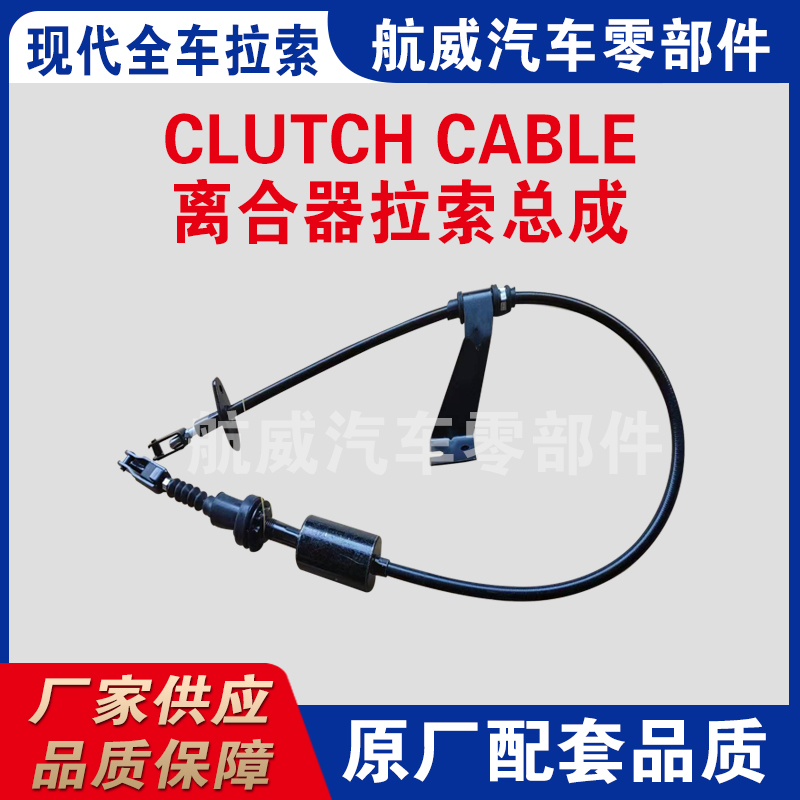Understanding Throttle Control and Adjusting the Throttle Cable for Optimal Performance
Understanding Throttle and Throttle Cable Key Components for Vehicle Performance
In the realm of automotive mechanics, understanding the throttle and throttle cable is essential for both vehicle enthusiasts and professionals alike. These components play pivotal roles in controlling the engine's power output and ensuring optimal performance in vehicles. This article delves into the functions, mechanisms, and importance of throttles and throttle cables, shedding light on why they are crucial for the smooth operation of automobile engines.
What is a Throttle?
The throttle is a device that regulates the flow of air into an engine. Its primary purpose is to control the engine's speed and power output by adjusting the mixture of air and fuel that enters the combustion chamber. In most modern vehicles, the throttle is electronically controlled, allowing for precise adjustments that enhance fuel efficiency and performance.
When the driver presses the accelerator pedal, the throttle opens to allow more air into the engine. This increase in air is matched by a corresponding amount of fuel, leading to a greater combustion reaction and, ultimately, more power. Conversely, when the driver eases off the accelerator, the throttle closes, restricting airflow and reducing power output.
The Throttle Cable A Vital Link
Traditionally, throttles were mechanically linked to the accelerator pedal through a throttle cable. This cable served as the critical connection between the driver’s input and the throttle's action. When the driver pressed the pedal, the cable would pull on the throttle plate, causing it to open and allow more air into the engine. Conversely, releasing the pedal would cause the throttle plate to close, reducing airflow and power.
Throttle cables were designed to be durable and responsive; however, they required regular maintenance to ensure they functioned correctly. Over time, throttle cables could fray, stretch, or become stuck, leading to performance issues or even complete throttle failure—the latter being a potentially dangerous situation for drivers.
The Shift to Electronic Throttles
throttle and throttle cable

In recent years, many automotive manufacturers have transitioned from mechanical throttle cables to electronic throttle control (ETC) systems. These systems utilize sensors, motors, and electronic controls to manage throttle operation. The accelerator pedal is equipped with sensors that detect the position of the pedal and send this information to the engine control unit (ECU). Based on this input, the ECU adjusts the throttle position electronically.
This shift to electronic systems has several advantages, including improved fuel efficiency, reduced emissions, and enhanced throttle response. Additionally, electronic throttle systems can integrate with advanced safety features, such as traction control and stability control systems, providing an additional layer of safety and improving overall vehicle performance.
Benefits of Electronic Throttle Control
1. Precision Electronic throttle systems allow for more precise control over engine performance, adapting to driver input almost instantaneously. 2. Efficiency With better control over the air-fuel mixture, electronic systems can significantly enhance fuel efficiency and reduce emissions, contributing to environmental sustainability.
3. Integration with Technology Modern vehicles come equipped with various technologies that enhance driving safety and experience. Electronic throttle control can work seamlessly with these technologies to optimize performance.
4. Reduced Mechanical Wear The absence of a mechanical cable reduces the wear and tear associated with traditional throttle systems, potentially leading to lower maintenance costs.
Maintaining Your Throttle System
Whether equipped with a mechanical throttle cable or an electronic throttle system, regular maintenance is vital for ensuring optimal vehicle performance. For vehicles with traditional throttle cables, ensure that the cable is free of kinks or fraying, and inspect the connections for any signs of wear. In contrast, electronic throttle systems should be periodically checked for sensor functionality and software updates.
In summary, both the throttle and throttle cable, or their modern equivalents, serve as essential components in vehicle performance. Whether mechanically operated or electronically controlled, these systems enable drivers to have immediate control over their engine’s power, contributing to a safe and efficient driving experience. Understanding how these components work not only enhances appreciation for automotive technology but also empowers drivers with the knowledge needed to maintain their vehicles effectively. By nurturing the health of these crucial components, vehicle owners can ensure their cars deliver optimal performance for years to come.
-
Workings of Clutch Pipe and Hose SystemsNewsJun.04,2025
-
The Inner Workings of Hand Brake Cable SystemsNewsJun.04,2025
-
The Secrets of Throttle and Accelerator CablesNewsJun.04,2025
-
The Hidden Lifeline of Your Transmission Gear Shift CablesNewsJun.04,2025
-
Demystifying Gear Cables and Shift LinkagesNewsJun.04,2025
-
Decoding Clutch Line Systems A Comprehensive GuideNewsJun.04,2025
